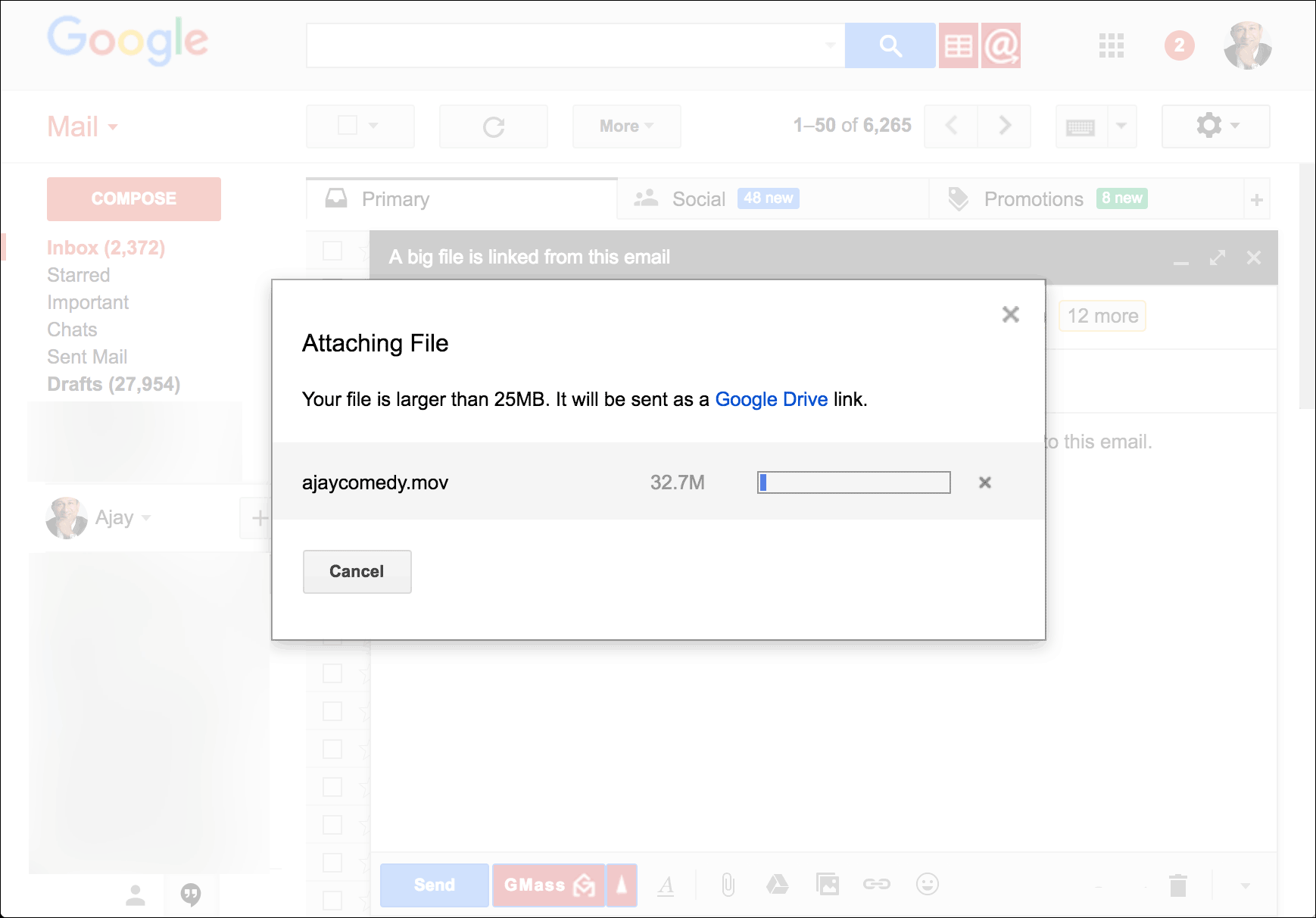- When you view folders as larger icons, the tooltip will display the size in MB rather than KB. I can't seem to find a way to make the detail view do the same thing.
- My goal would seem simple: to have the file size in a column displayed in kilobytes. After some tries, this seems to work: =tc.size.kbytes The only minor issue is that it won't display the abbreviation of the unit anymore. So it will say something like: 23.543 instead of 23.543 kB So I changed the value to: =tc.size.kbytes kB.
- When converting NTFS to FAT32 it is important to determine which files are over the 4GB limit. Though Windows explorer allows searching 'size:4GB', I prefer having a text-output of results. Indeed, Windows 10 still has the INT32 CLI and BATCH limit 2^31.
In my system some of my files are in gb. Through command prompt using dir command we can get the size of the files but the size which it shows its in kb. I have to manually convert this to mb. My Windows 8 windows explorer shows files in kb instead of mb, why? Tech support scams are an industry-wide issue where scammers trick you into paying for unnecessary technical support services.
-->This article provides a resolution for an issue where the size of the Enhanced Metafile (EMF) spool file grows very big when you print a document that contains many groups of raster data. Gta 5 mac mods.

Original product version: Windows Server 2012 R2
Original KB number: 919543
Symptoms
When you print a document that contains lots of raster data, the size of the Enhanced Metafile (EMF) spool file may become very large. Files such as Adobe .pdf files or Microsoft Word .doc/.docx documents may contain lots of raster data. Adobe .pdf files and Word .doc/.docx documents that contain gradients are even more likely to contain lots of raster data.
Cause

This problem occurs because Graphics Device Interface (GDI) doesn't compress raster data when the GDI processes EMF spool files and generates EMF spool files.
This problem is very prominent with printers that support higher resolutions. The size of the raster data increases by four times if the dots-per-inch (dpi) in the file increases by two times. For example, a .pdf file of 1 megabyte (MB) may generate an EMF spool file of 500 MB. Therefore, you may notice that the printing process decreases in performance.
Resolution
To resolve this problem, bypass EMF spooling. To do this, follow these steps:
- Open the properties dialog box for the printer.
- Click the Advanced tab.
- Click the Print directly to the printer option.

Note
This will disable all print processor-based features such as the following features:
- N-up
- Watermark
- Booklet printing
- Driver collation
- Scale-to-fit
Once EMF spooling is turned off, you can use the Application to perform any N-up printing needed.
Status
Microsoft has confirmed that this is a problem in the Microsoft products that are listed in the 'Applies to' section. Super smash flash 2 v 1 0 minijuegos.
More information
Steps to reproduce the problem
- Open the properties dialog box for any inbox printer.
- Click the Advanced tab.
- Make sure that the Print directly to the printer option isn't selected.
- Click to select the Keep printed documents check box.
- Print an Adobe .pdf document that contains many groups of raster data.
- Check the size of the EMF spool file.

In Windows, if one wants to find which files are consuming most of the space on the disk, it can be found easily using explorer. Just sort list of the files based on the size attribute. But what if we need to find the large sized files from command line? How can we do this?
We can find this using windows commands, without needing any third party tools. We can do this using forfiles command.
Find files with size of 1 MB or more.
Example:
This command prints the complete file path. If you need to print just the file name, you can use @file in place of @path.
Windows 10 Show File Size In Mb Online

Command to find files with size of more than 100MB
Windows 10 Show File Size In Mb Gb
Find files with size 1 GB or more.
As shown above, this command allows us to find files having size more than a given value. It’s not useful if someone wants to find the largest 10 files in a folder. Simplify3d crack interface dll. I could not find a way to do this using windows native commands. If you know of any way to do this, please let others know by adding comment below.